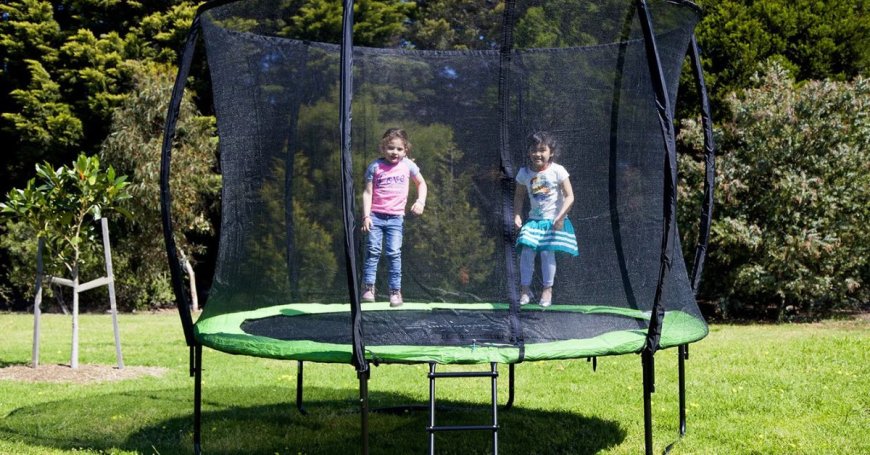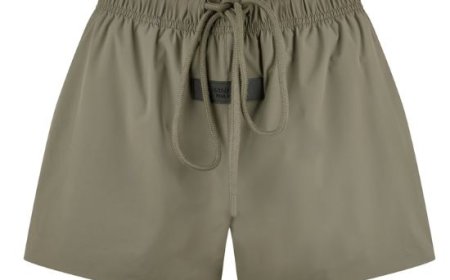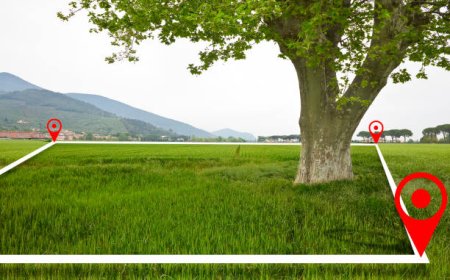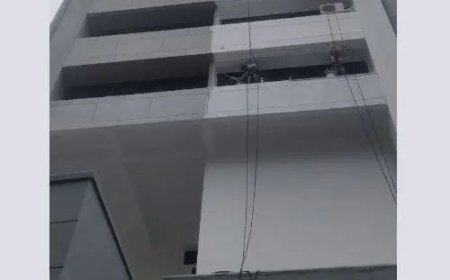Eco Friendly Recycling Tips for Every Trampoline Type
Discover how to responsibly recycle different types of trampolines from oval trampolines to rectangular trampoline mats into sustainable materials and community projects.

A trampoline brings endless fun to families, but when the time comes to replace it, the old parts can pose an environmental challenge. Rather than letting a discarded frame rust in a landfill, investigate options to recycle each component of your trampoline.
Whether you decide to shop for newtrampolines for saleor give your retired model a second life through proper recycling, this guest post outlines methods for handlingmetal frames, springs, mats, and nets from all trampoline styles.
Understanding Trampoline Material Types
Trampolines typically consist of a steel frame a network of heavy duty springs a woven jumping mat and an enclosure?net. Frames and springs are forged from galvanized steel that retains value at scrap metal centers.
The jump mat is most often made from UV-resistant polypropylene or similar polymers that require textile recycling channels. Protective padding may contain weatherproof foams and vinyl coverings.
Enclosure nets are made from polyethylene or polypropylene meshes, which some plastic recycling programs accept. By identifying each material, you can sort parts correctly and minimize waste sent to landfills.
Preparing Your Trampoline for Recycling
Begin your recycling project by laying out clean tarps to collect debris and to protect the yard grass. Remove clamps and unhook springs with a spring tool or heavy pliers while wearing thick gloves and safety glasses.
Carefully lift the jumping mat off the frame and detach the enclosure net by undoing ties or clips. Roll the mat and net separately, making sure to shake off any dirt and leaves. Snap the steel frame sections apart at the welded joints or use a saw if necessary.
Keep fasteners, springs, frame sections, and soft goods in separate piles to simplify drop-off at recycling or donation centers.
Recycling Metal Frames and Springs
Galvanized steel frames, spring components, and hardware retain value and should be taken to your local scrap metal yard. Most centers pay by weight and accept mixed steel pieces, so there is no need to sort by gauge or coating.
Before delivery, remove any non-metal attachments such as bolts, nylon caps, or padding. Recycling metal reduces the need for virgin ore extraction and curbs greenhouse gas emissions linked to mining.
If you have a?rectangular trampoline?the longer side rails may require extra effort to fit in cars or trucks so consider cutting them into shorter lengths or arranging pickup through scrap services.
Recycling Jumping Mats and Nets
Jump mats crafted from woven polymers can be repurposed by textile recycling facilities that handle heavy plastic fabrics. Contact local centers to confirm they accept polypropylene blends.
If they do not have many community upcycle groups, welcome clean mats as drop-off donations for building temporary shade structures or ground covers at local gardens. The enclosure?trampoline net?mesh is ideal for reuse as protective tree wraps or compost bin filters.
Always rinse and allow nets to dry completely before dropping them off to prevent mold growth. Proper routing of mats and nets prevents microplastics from entering waterways.
Special Considerations for Oval Trampolines
An?oval trampoline?frame differs from circular designs with its ellipsoid shape that distributes weight unevenly. When disassembling, remove the long rails first and stack them on edge to reduce storage footprint.
Oval springs and curved joints may fetch a higher metal value due to thicker gauges in some models. Mats from oval trampolines often feature seam patterns that resist tearing, so upcyclers can transform sections into heavy-duty tarps or floor coverings.
Check community tool libraries or makerspaces that accept large fabrics for repurposing into event tents, tables, or donation programs.
Approach for Rectangular Trampoline Disposal
A?rectangular trampoline?offers the most bounce power, but its shape presents unique recycling challenges. Before scrapping, remove the corner eyelets and label each side for reuse if you plan to donate or resell the frame.
Springs and mat eyelets tolerate higher stress, so consider trimming them out for use in tensile art installations or workshop tool holders.
The flat mat sections can be broken down into panels suitable for use as gutter guards or erosion control liners around landscaped beds. By thinking beyond curbside pick up, you help transform waste into community assets.
Turning Parts into New Materials
Beyond recycling centers, creative minds have turned trampoline parts into furniture, planters, and art. Frame sections become the legs of garden benches or trellises for climbing vines.
Coil springs are used to make industrial-style curtain rods or sturdy hooks for garage storage. A clean mat piece fashioned into a patch can mend trampolines for friends or be sold as farming shade cloth.
Enclosure nets cut into rectangles serve as protectors for vegetable gardens or paint straining tools for workshops. By collaborating with local artists, schools, and community gardens, you find innovative outlets that extend the life of each material.
Benefits of Responsible Disposal
Separating and recycling trampoline components reduces landfill load and promotes a circular economy. Metal recycling lowers greenhouse gas emissions compared to raw steel production, while textile reclamation keeps persistent plastics out of natural habitats.
Donating reusable parts supports nonprofit projects bringing shade and seating to public spaces. Upcycling elements into functional products sparks creativity and education around sustainability. When you choose careful dismantling over indiscriminate disposal,l you champion environmental stewardship in your neighborhood.
Transforming the fate of old trampolines demands planning, patience, and a willingness to explore new recycling avenues. Whether you own?kids trampolines?for backyard exercise or a classic circular design, the same principles apply.
By breaking down each component and connecting with the right recycling partners, your trampoline retirement becomes a model for green living that others can follow.
Frequently Asked Questions
What materials from a trampoline can be recycled at metal yards?
Steel frame sections, springs, and fasteners are accepted at most scrap metal facilities. Remove all non-metal attachments such as bolts, plastic caps, and padding before drop off.
How should I prepare a jumping mat for textile recycling?
Clean the mat by rinsing dirt and debris, then allow it to air dry thoroughly. Roll or fold it neatly and confirm with the recycling center that they accept polypropylene fabrics.
Can I donate intact enclosure nets to community projects?
Yes, many community gardens and makerspaces use mesh nets for shading seedling beds. Ensure nets are clean, dry, and free from tears before donation.
Are oval trampolines harder to recycle than other types?
Oval trampolines require careful disassembly of longer curved rails but their thicker gauges can yield higher scrap metal values. Mats seam patterns also lend themselves to unique reuse projects.
Where can I find replacement mats and nets after recycling old parts?
Replacement mats, springs, and?trampoline net?options are available through authorized dealers and online retailers. Explore?trampolines for sale?to compare new models and parts.


































